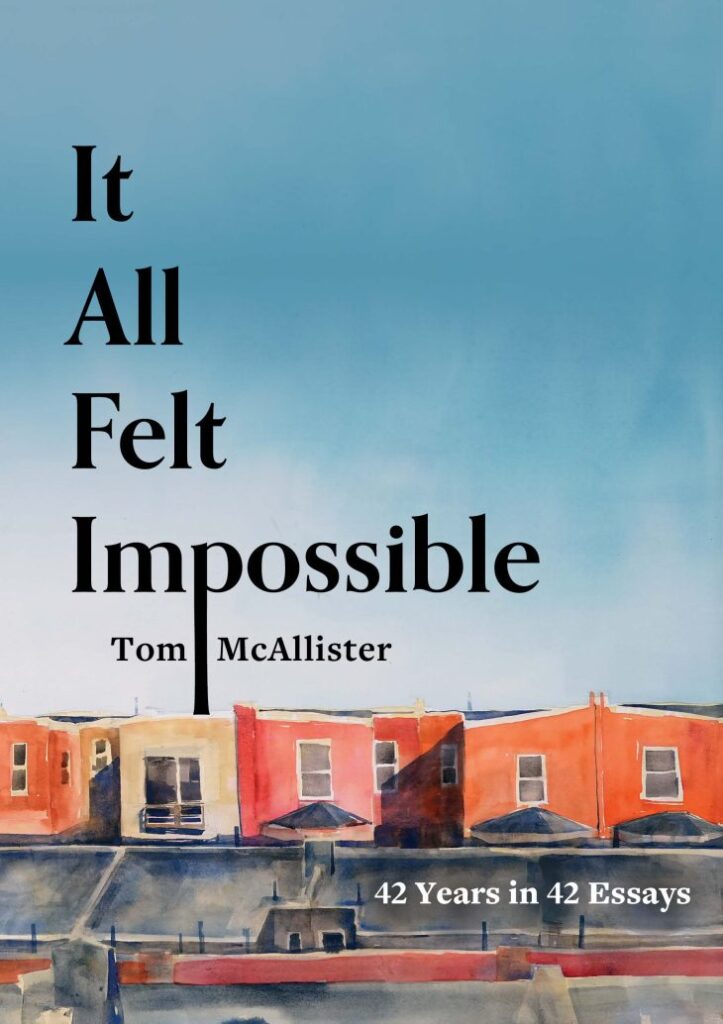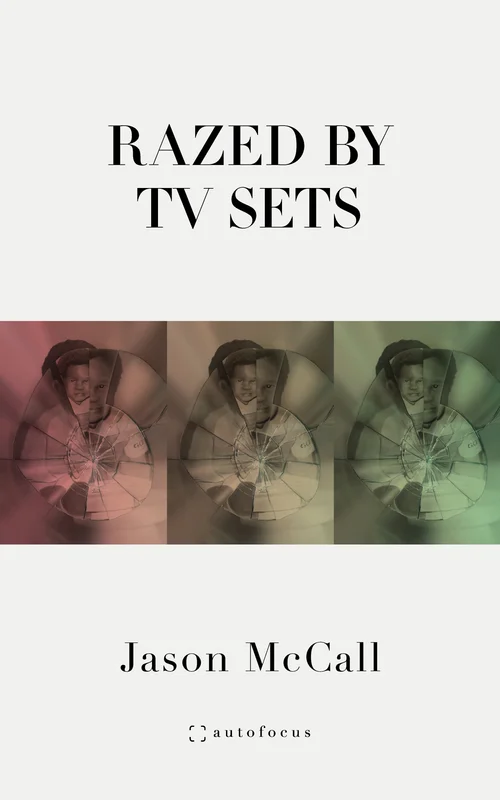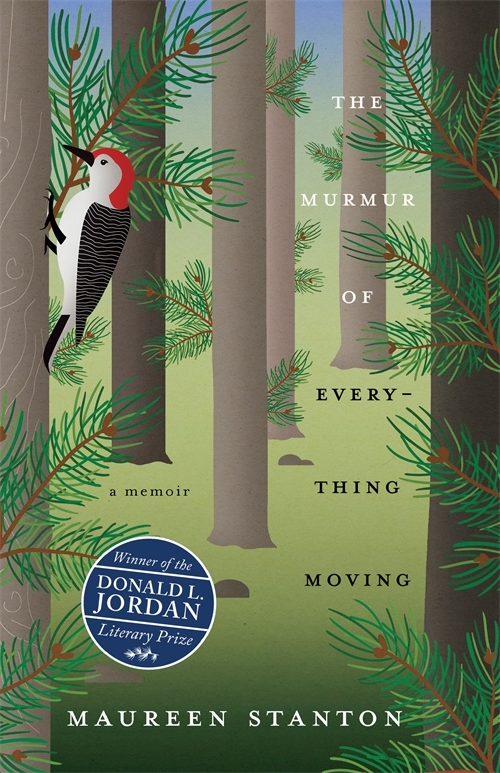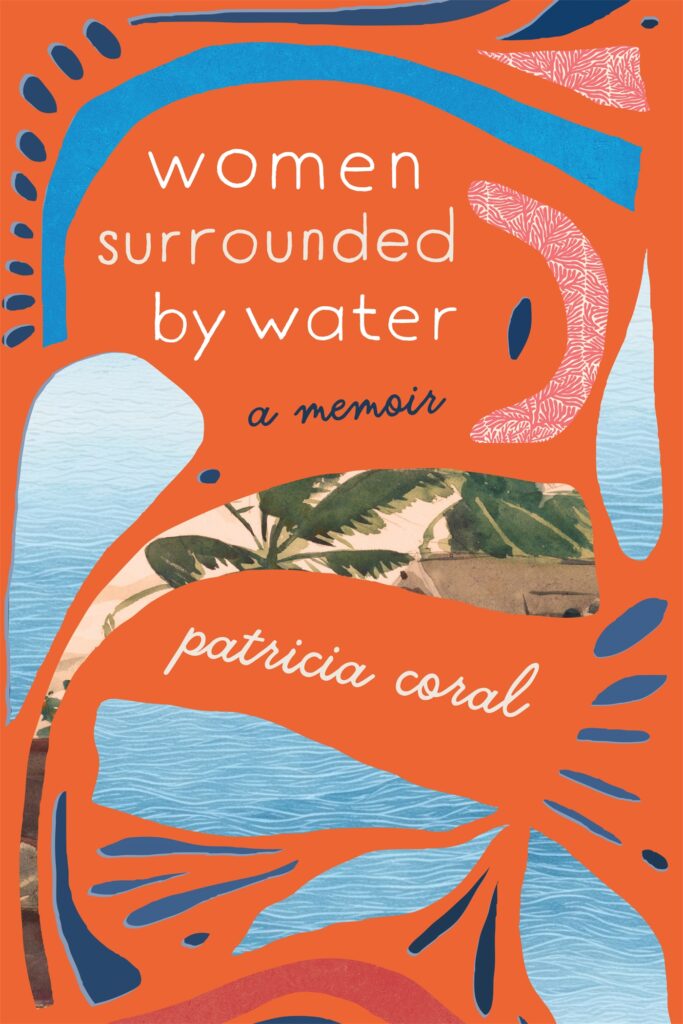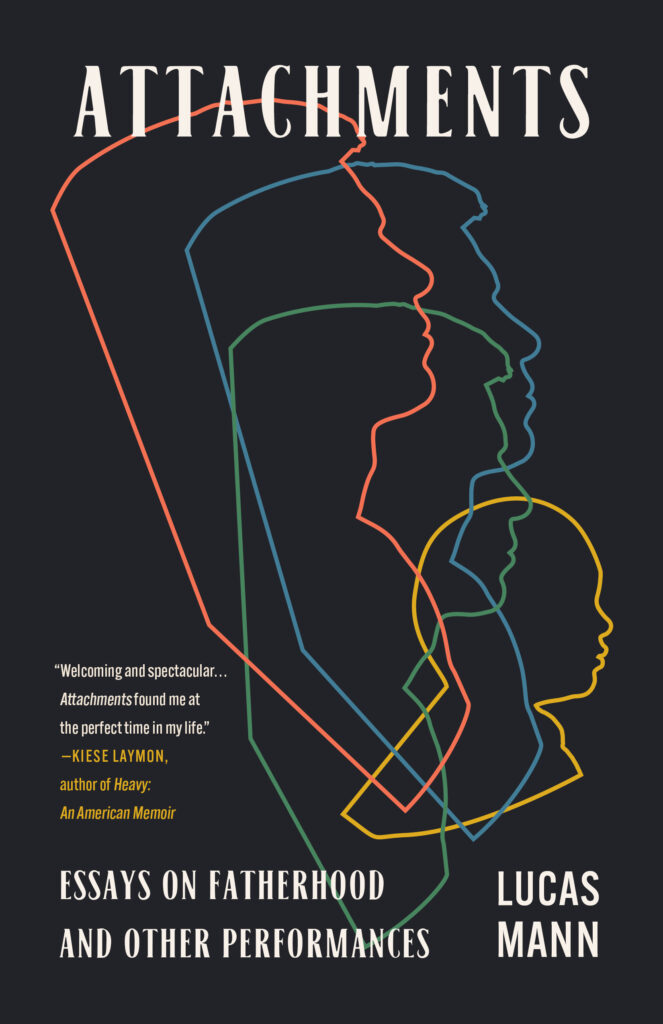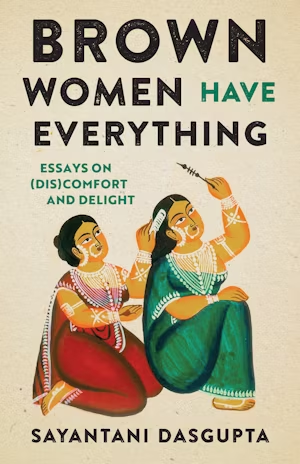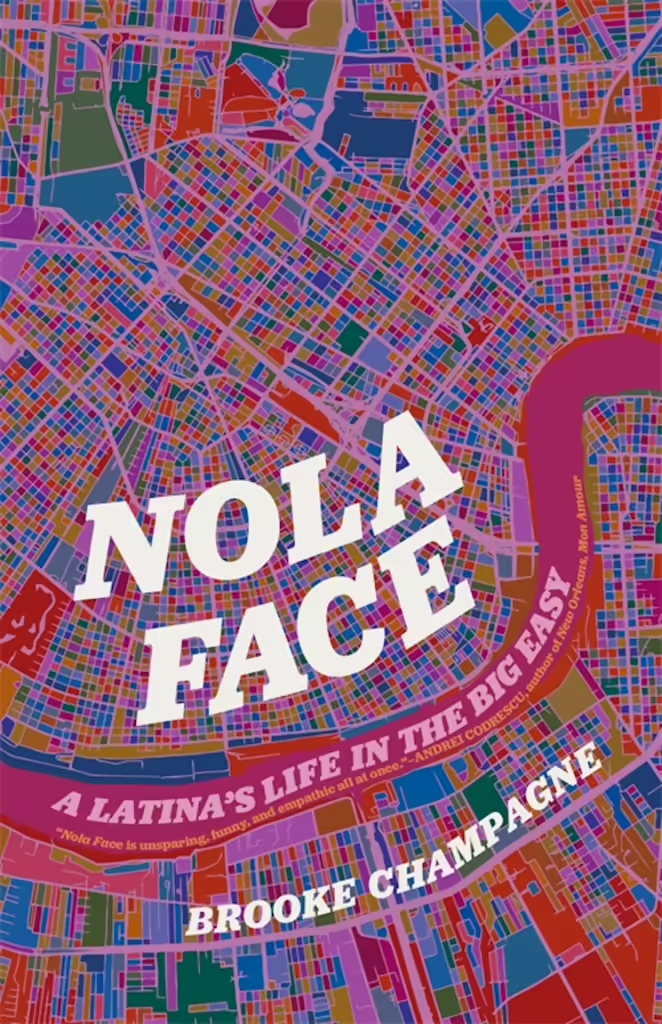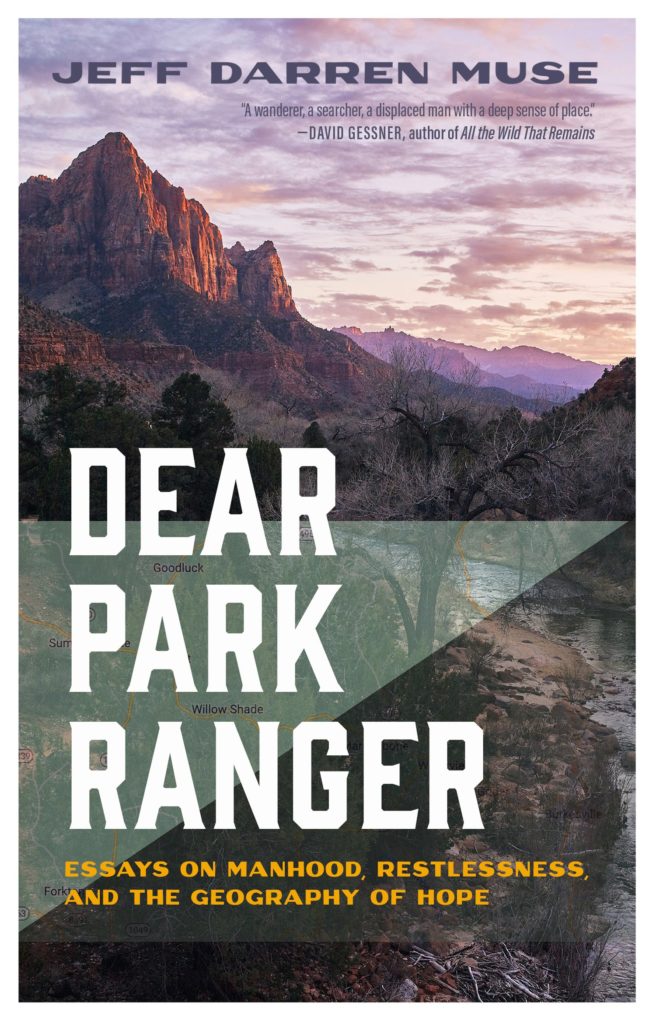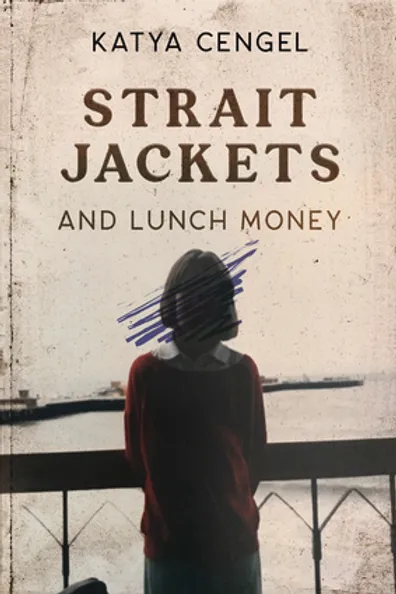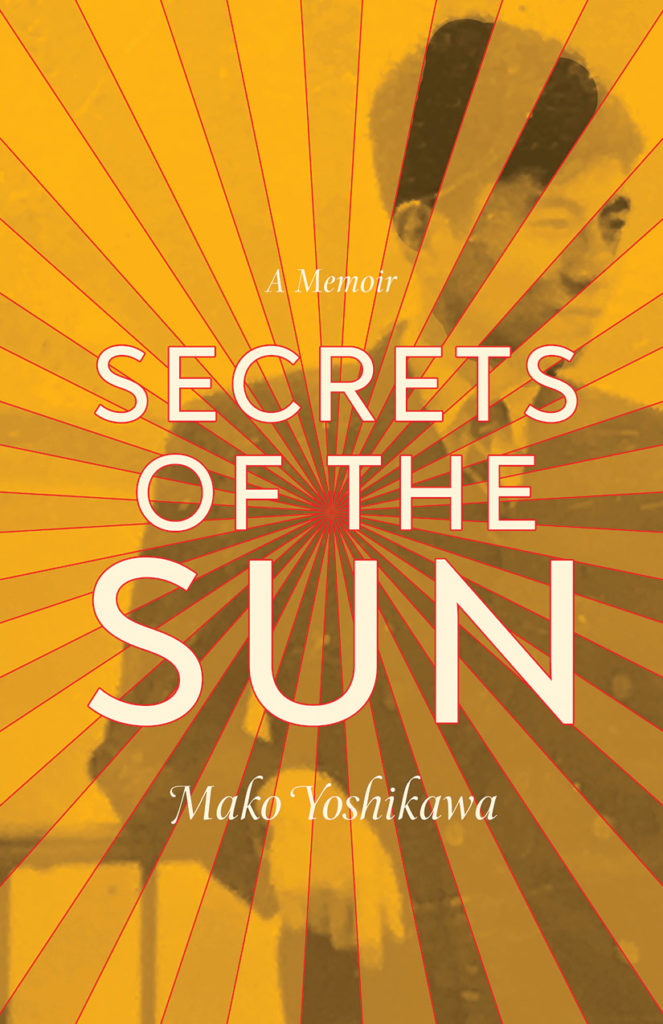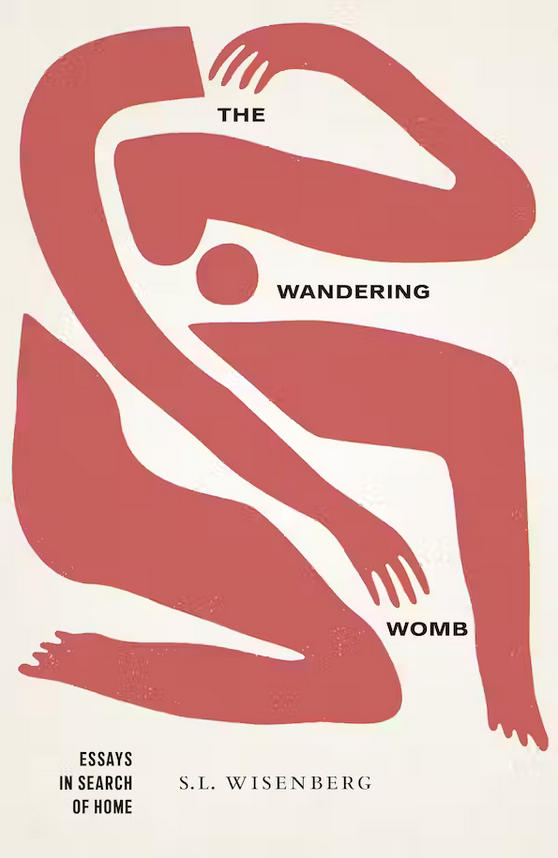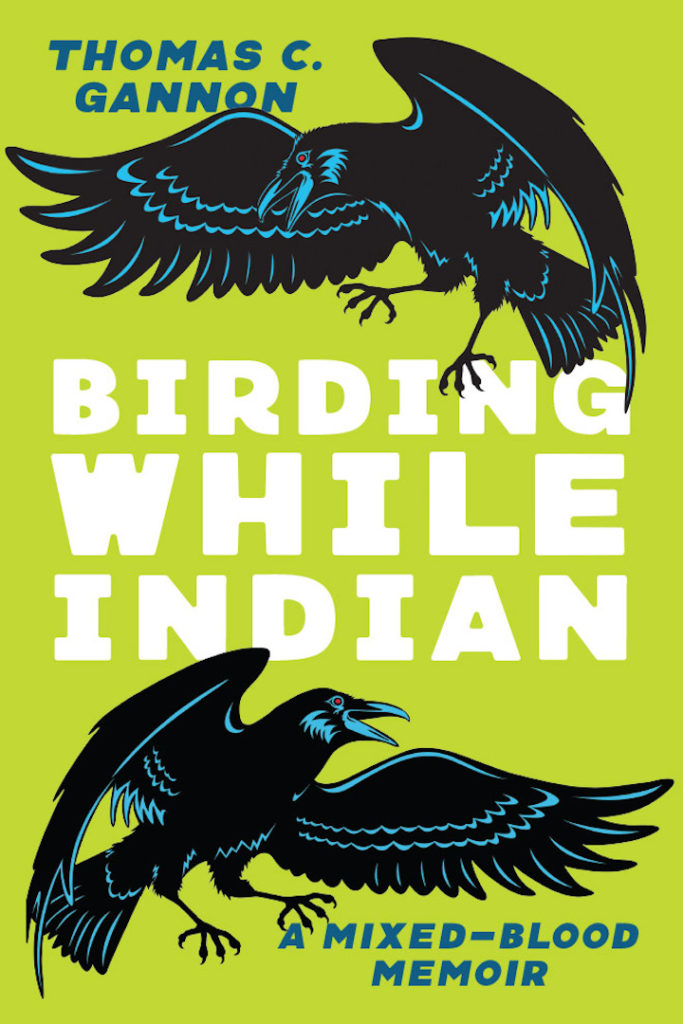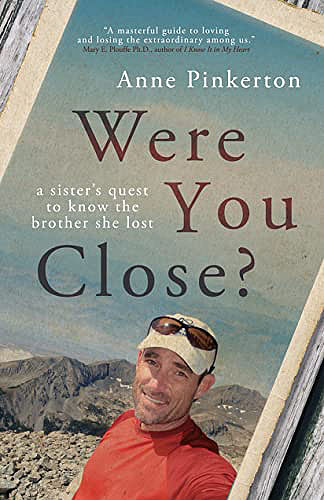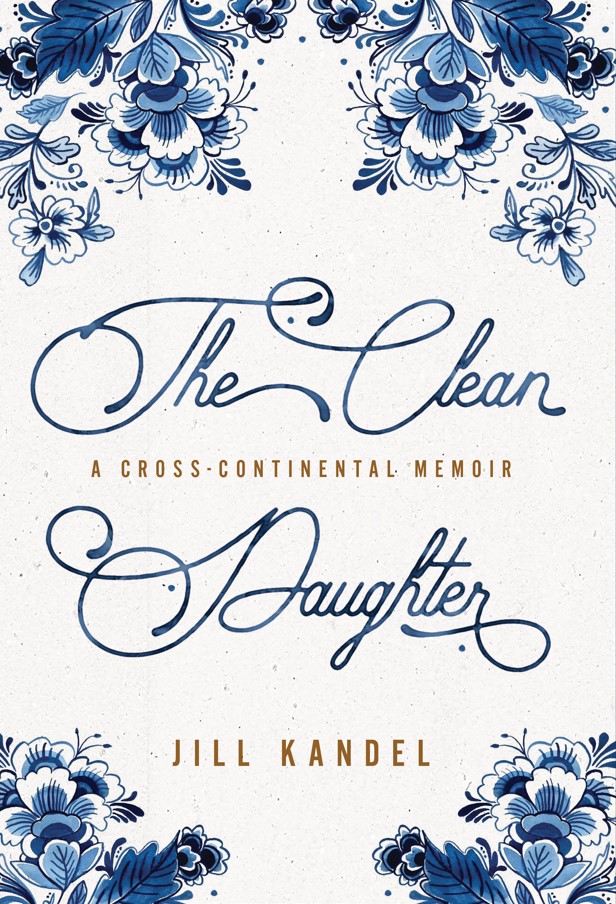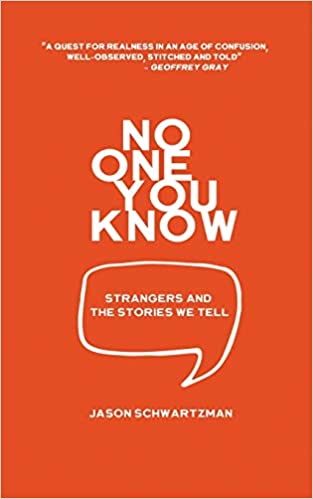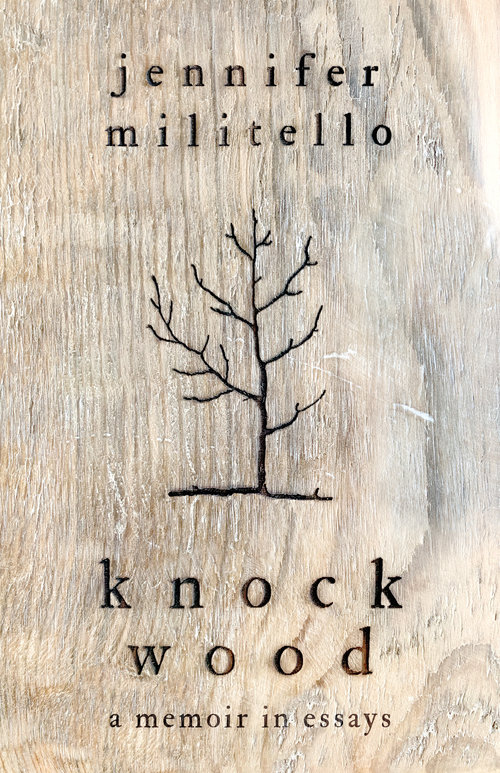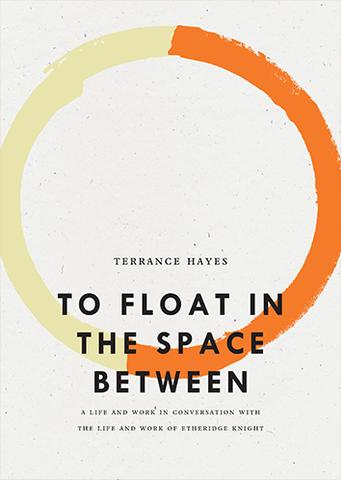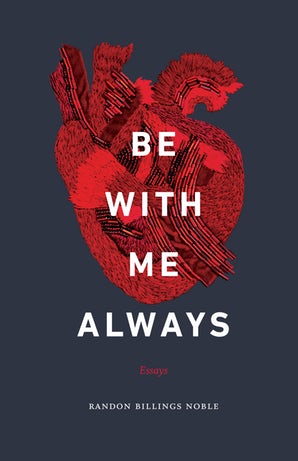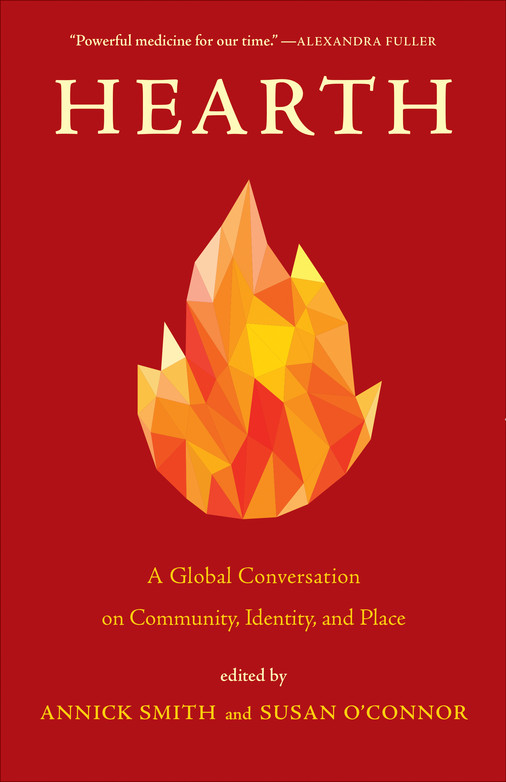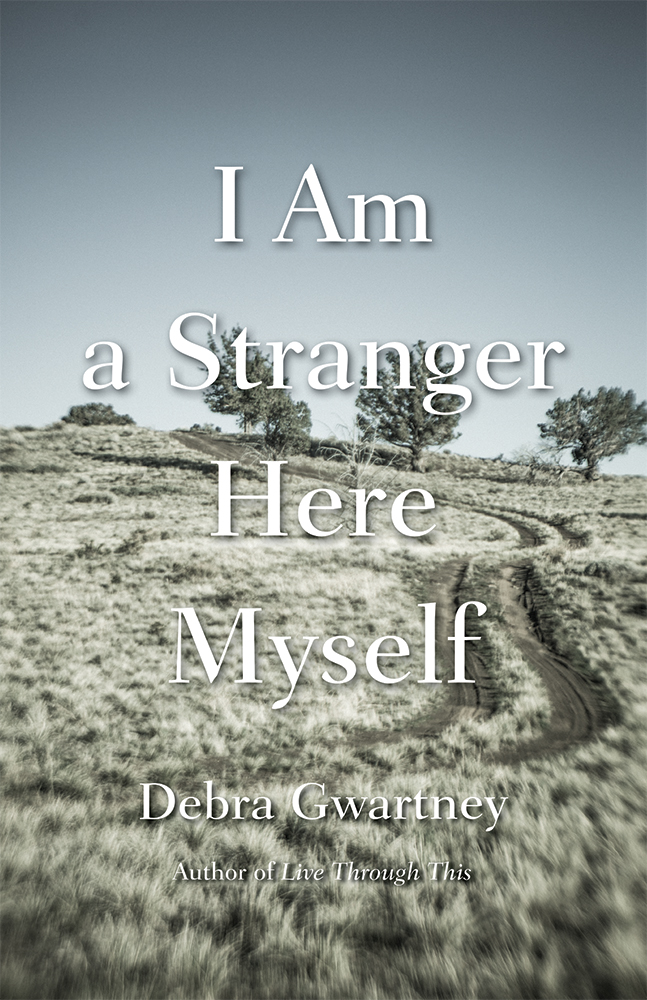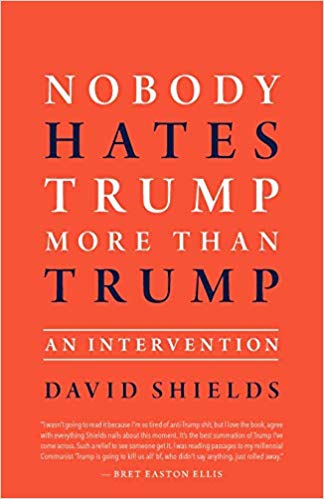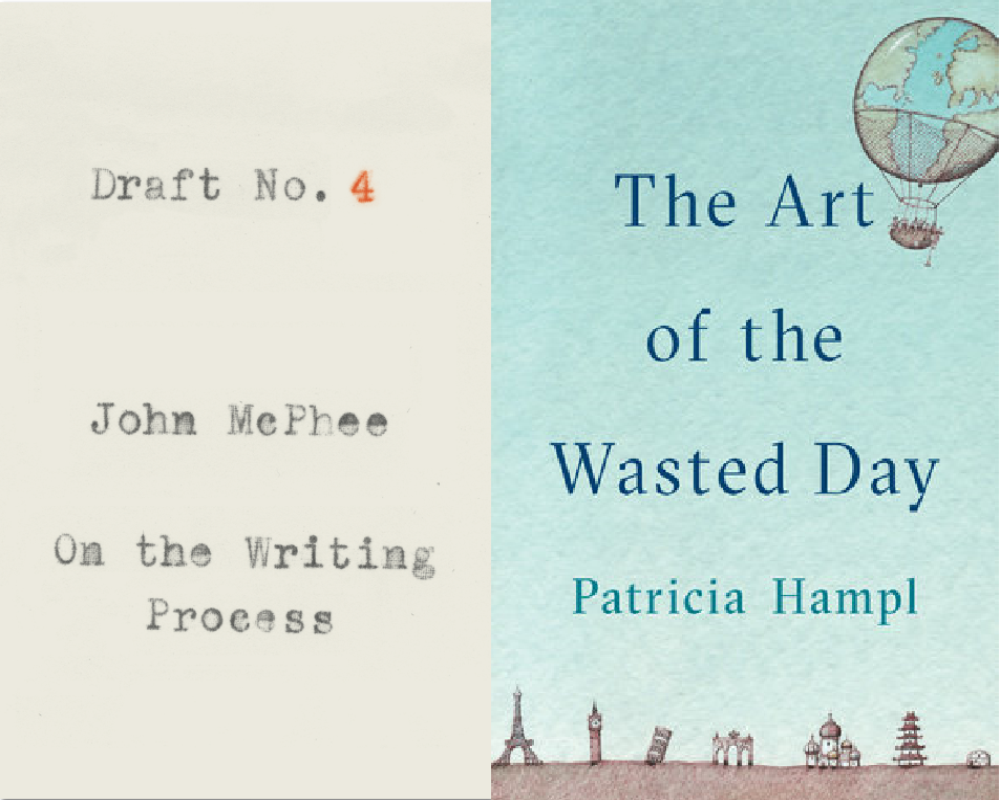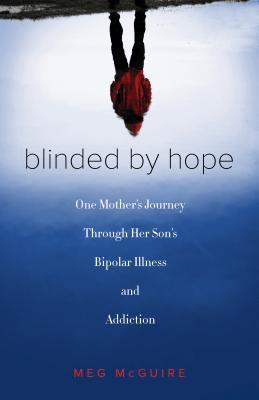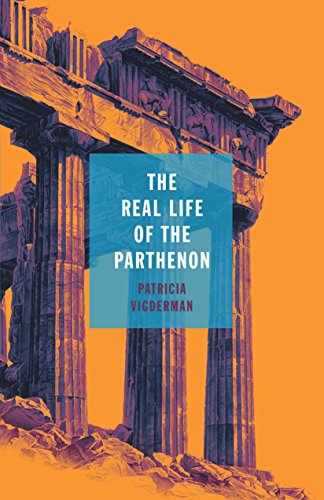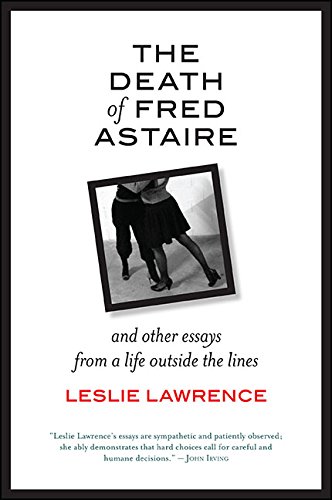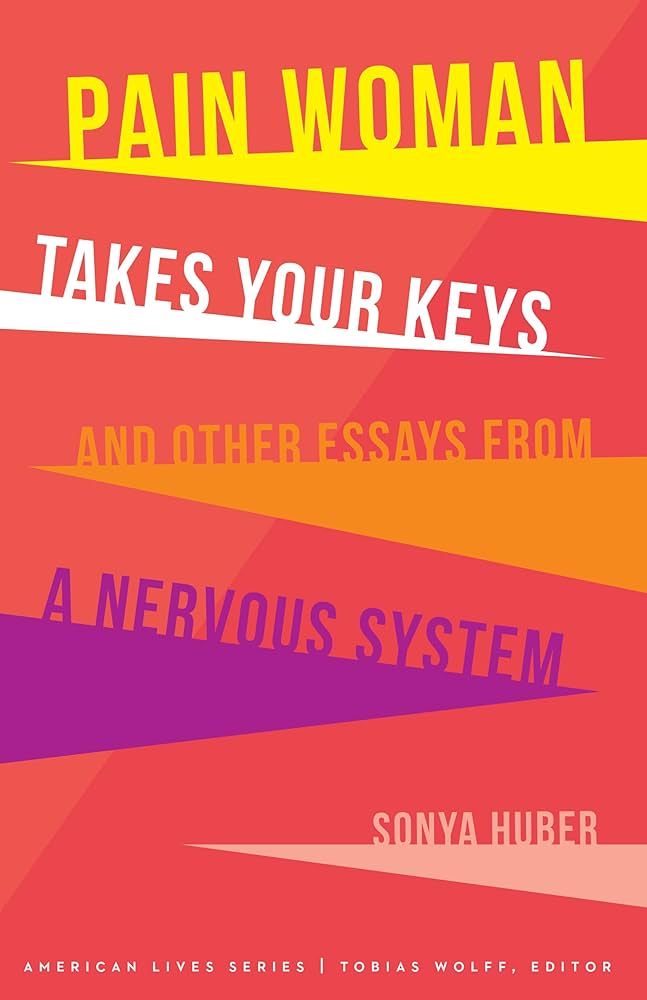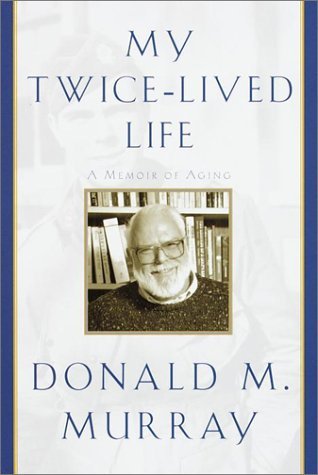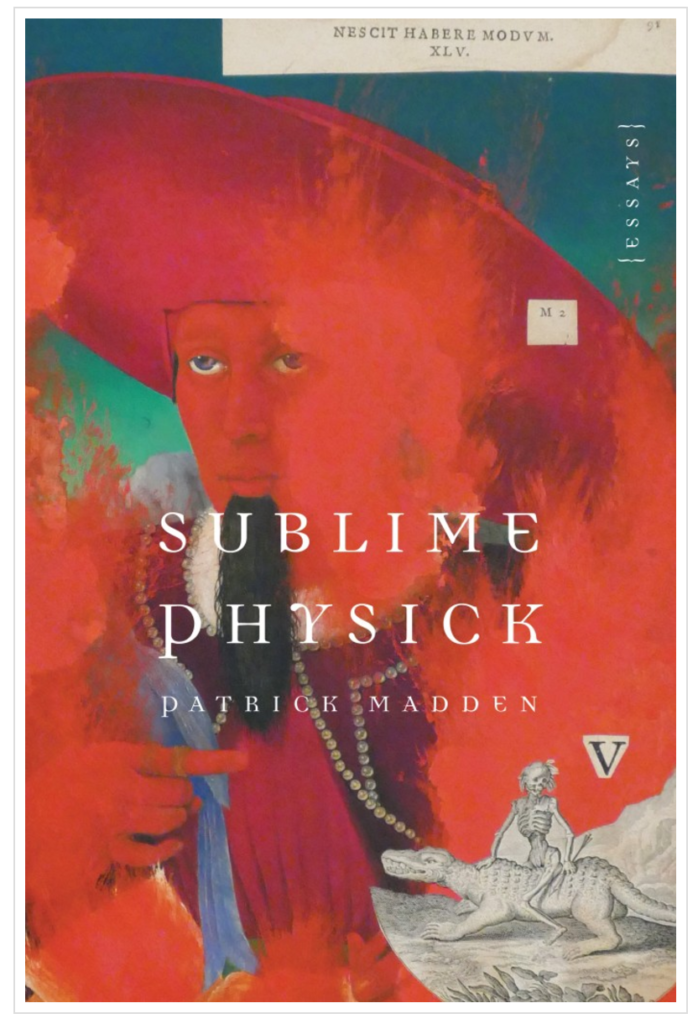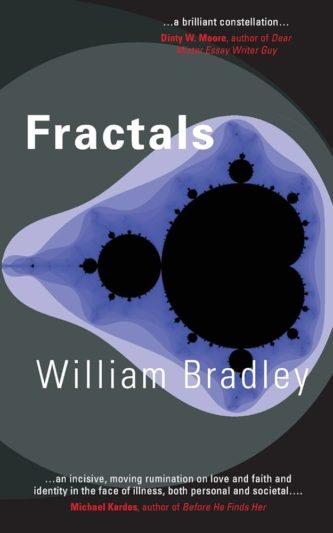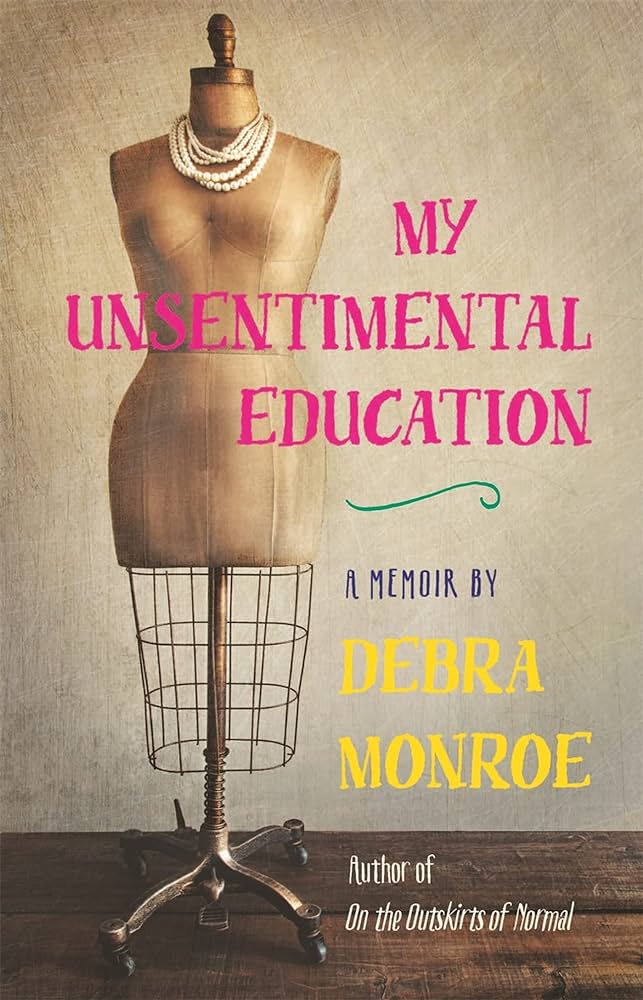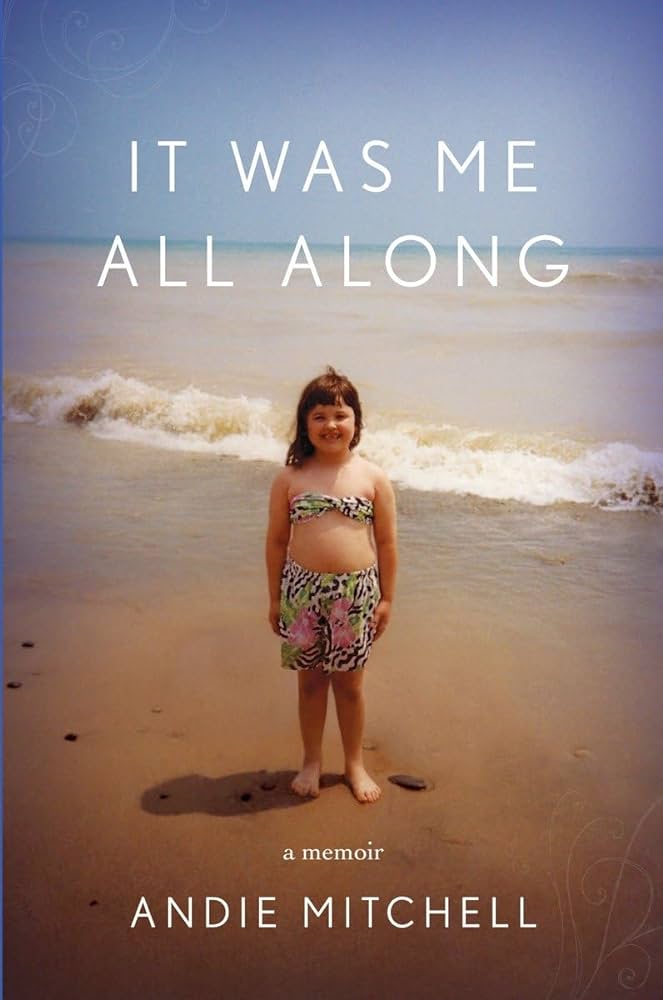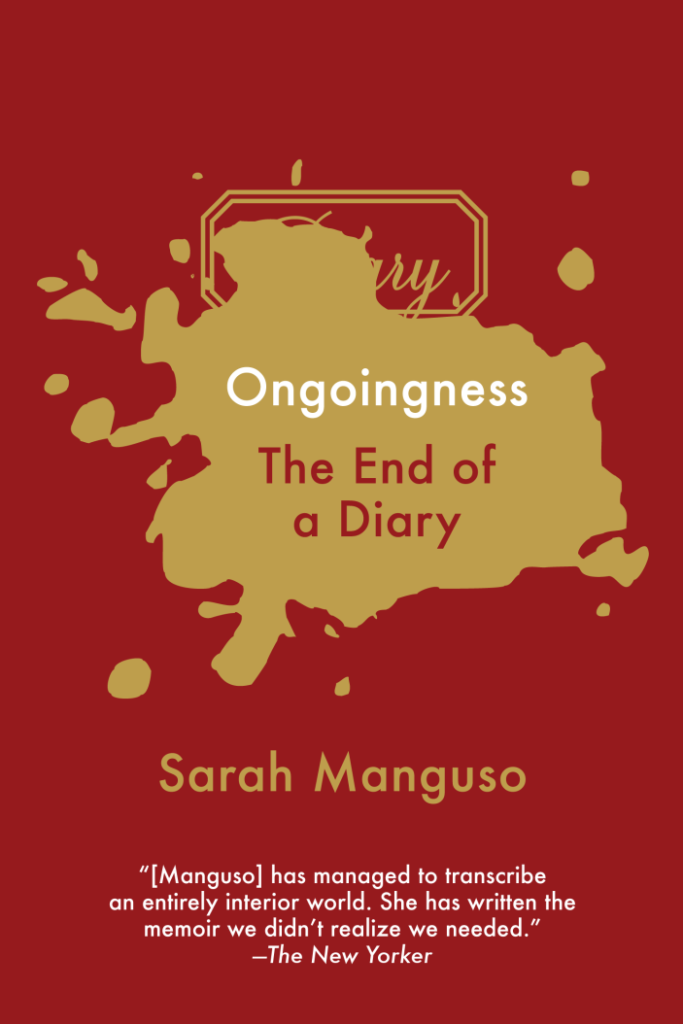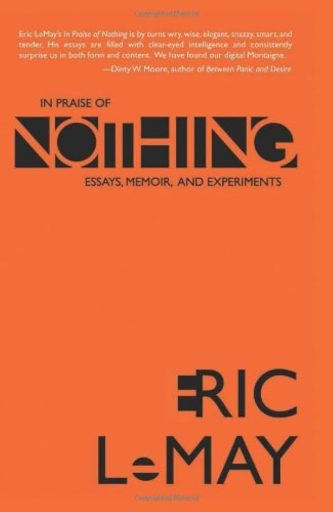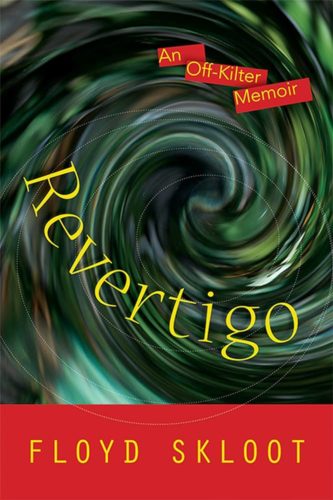By Sarah Cheshire
Beautiful Flesh: A Body of Essays edited by Stephanie G’Schwind
When I was a senior in college, I was lovingly roped into stepping outside my comfort zone and joining a body-positive arts’ collective, curated by my dear friend Lexie. The collective was called “Attention: People with Body Parts.” The mission of the specific initiative I was involved in, Portable Homes, was bodily reclamation: through art, writing, and movement, survivors of domestic violence found ways to reconnect with parts of their bodies that had been impacted by abuse.
Lexie was intimately aware of the ways in which various forms of trauma influence physical functioning—how surviving pain and violation often necessitates learning to vacate the body, intentionally severing ties between the corporeal self and the psyche. While many psychologists refer to this defense mechanism as “dissociation,” Lexie always spoke of it by an allegory about houses. If our bodies are homes, then illness and violation, in their rawest forms, are often akin to being served eviction notices, sometimes being forcibly ejected.
In the collective’s workshops, which we facilitated at domestic violence shelters throughout the Midwest and Canada, survivors were invited to write letters to afflicted body parts: the calloused feet that learn to keep walking, the teeth that remember forced kisses, the clavicle that likens itself to the oars of a boat. Writing, for many survivors, became a path back home, a mode of re-inhabitance.
As I waded through the pages of Stephanie G’Schwind’s masterfully compiled anthology Beautiful Flesh, I was reminded of a truth I discovered while working with Lexie’s Portable Homes project: the body cannot be removed from narrative. We exist not only as individuals, but in relation to larger histories, memories, myths, and forces of power. As the curator of Beautiful Flesh, G’Schwind’s self-proclaimed mission is “to create a body” that weaves individual stories together, forming a larger narrative.
Unlike many artists, G’Schwind has little interest in ideals, archetypes, or depicting the body in its perfect form. Rather, her interest primarily lies in imperfections. Through the assortment of voices and identities represented in Beautiful Flesh, G’Schwind seeks to present “a body with neither one gender nor one ethnicity. Neither one ability nor one shape . . . a body that celebrates and grieves, remembers and forgets, injures and heals, loves and laments itself.”
In the New Testament, John the Baptist preaches: “In the beginning there was the word . . . and the word became flesh.” In Latin, the word for flesh, sarx, also refers more broadly to the properties of the material world: the corporeal, the earthy, the tangible, the natural or visceral—things that make humans human. Logos, or “the word,” indicates logic, order, and speech; through logos, we derive meaning from visceral experience. Evoking the old biblical parable, G’Schwind’s introduction to Beautiful Flesh starts: “[I]n the beginning: heart and bones.” Here, G’Schwind begins to build a connective tissue between logos and sarx, between the body itself, and how we make sense of its functions and flaws. The twenty essays that follow, as a collective body, work together to continue this process.
Self-contained units, each essay in Beautiful Flesh tells its own story. Just as individual bodies hold vastly different experiences, the narrative voices represented in the collection range in style and tone from the nonlinear to the analytical, the lyrical to the conventionally structured, the authoritative to the raw and unfiltered. Some authors analyze the body and its various functions to enter into larger cultural critiques.
Such is the case with Steven Church’s “Speaking of the Ears and Savagery,” which explores “the urge to sink our teeth into something substantial . . . especially when we are at our most vulnerable.” He touches on subjects ranging from boxer Mike Tyson’s infamous mutilation of opponent Evander Holyfield’s ear to Church’s own compulsive habit of playing with his ears when nervous or bored. Other essays in the collection such as “Once, Then”—Angela Pelster’s poetic and haunting reflection of the lingering imprints of domestic violence on her own body—remain deeply rooted in subjective experience, the realm of the viscera.
For many people, especially those who struggle with self-image, the body exists not de facto, but rather as a matter of perception. In Danielle R. Spencer’s sharply witty account, “Looking Back,” she examines the mechanism of sight, the eye. Spencer was born with a cross-eye—a feature that’s long been a subject of social mockery and taboo. Later in life, after a series of treatments and still experiencing visual disturbances, she is informed by a doctor that her eye’s languidness is the byproduct of a field of scar tissue mapped out across an area of her brain, most likely due to an infanthood stroke.
As she makes sense of this discovery, Spencer grapples with the relationship between her own sight and the ways in which eyes, in a broader sense, serve as a simulacrum of the exterior world, sculpting reality through the prism of their perceptions. Spencer prompts readers to envision
that there is a flaw in your perceptions or your thoughts, but the flaw masks itself so that you aren’t aware of it, isn’t it possible that your view of the world could be skewed in such a consistent way that what you perceive and think still appears coherent?
Peggy Shinner’s five-part essay, “Elective,” also grapples with the relation between perception and the body. Unlike Spencer, who focuses on how sight itself sculpts reality, Shinner’s work hones in on one way self-image is molded by external gaze and social ideals. Shiner grew up in a Chicago in the 1950s, in a community composed predominately of Jewish immigrants. She was one of many of her peers who during her teenage years underwent an elective plastic surgery to compress what she viewed as her “bulbous” nose.
Shinner uses her own nose job to comment on the larger trend of elective nose-reduction surgeries in post-World-War-Two Jewish-American communities. These surgeries often camouflaged Jews as members of the middle and upper crusts of American society; these Jews became, in Shinner’s words, “more—but not too, Gentile.” At the heart of Shinner’s piece lies the issue of assimilation. How do communities and bodies which have been made to feel othered react to perceptions of what they should be? Who defines what is “normal”? What are the costs and benefits of changing yourself to fit this mold?
In two of my favorite essays, “A Living Structure” by Lupe Linares and “Blood Type” by Samantha Simpson, the authors remind us how inextricably bound the body is inside of race and class identities. Linares prepares to have a painful dead tooth removed, and she reflects on the drastic ways in which her father, a Mexican immigrant, and her mother, who hailed from a lineage of abuse, lost teeth of their own. Linares’ dentist explains that the tooth is “a living structure” whose construction of pulp and blood and veins provides the nutrients necessary to ward off decay. Like the nerves bolstering each tooth in the mouth, Linares’ story bares imprints of trauma and hardship while painting a rich portrait of resilience, devotion, love, and survival.
Simpson’s “Blood Type” tells a harrowing tale of illness, inheritance, and the struggle to break cycles of poverty. After a childhood spent penny-pinching and drifting between cheap hotels, Simpson achieves a college degree and begins a career only to remain tethered to the material needs and emotional manipulations of her ailing mother. She finds herself tending to those needs painstakingly, often neglecting herself. Survival, for Simpson, ultimately means cutting a metaphoric umbilical cord. To move forward with her own healing, she has to sever ties with the person who gave her life.
Other notable essays in the collection include Amy Butcher’s “Taking Shape,” which provides an intimate glimpse into the internal landscape of a body living with rheumatoid arthritis, and “Shock to the Heart,” Katherine E. Standefer’s stark reflection on a defunct defibrillator and electricity’s destructive and restorative effects on her body.
Despite her title for the anthology, Stephanie G’Schwind reminds us that flesh isn’t always beautiful, at least, not in the conventional sense of the word. Sometimes hearts ache, and muscles seize up, and brains draw blanks, and lungs struggle to conjure new breath. It is through these flaws—and not despite them—that we find beauty: deliberately, painstakingly, and consciously striding to survive. In the words of Sarah Rose Etter, in her beautiful homage to a distorted spine, “a body is a flesh house. A body is holding you. A body is a flimsy thing and all around us are dangers. Most anything can pierce the skin.”
Center for Literary Publishing
$19.95 Paperback | Buy Here
Sarah Cheshire is an MFA candidate in creative writing at the University of Alabama where she also serves as an assistant nonfiction editor for Black Warrior Review. She is the author of the award-winning chapbook, Unravelings (Etchings Press), and her writing has appeared in Scalawag Magazine, Brevity, and Creative Nonfiction‘s anthology Southern Sin: True Stories of the Sultry South and Women Behaving Badly. Her work has also been featured on PBS.org and was shortlisted for the 2017 American Shorter Fiction Prize.


